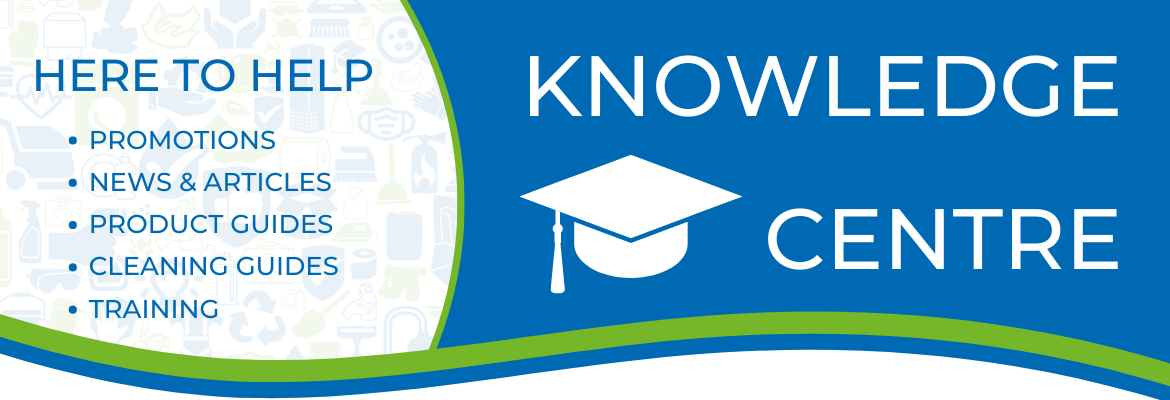Employers have a duty of care to keep staff safe; therefore, the importance of well-cleaned premises cannot be underestimated. With Covid-19 being added to the mix, many questions are being asked as to whether traditional cleaning methods are still suitable.
Newline Anglia has developed an in-depth guide to inform those responsible for cleaning services in businesses, schools, colleges, care homes and public buildings about a new approach to cleaning that is fit for the modern age.
Cleaning in the shadow of Covid-19
Cleaning requirements in the age of Covid-19 have come into sharper focus. Managers are now taking a more proactive role in cleaning management to ensure hygiene standards are at optimal levels.
However, it doesn’t stop there. Expectations for a clean work environment have changed, leading to a higher demand for thorough and safe cleaning.
Why traditional cleaning methods aren’t up to scratch
Some organisations may see commercial cleaning as an overhead expense that doesn’t benefit the company’s core operation. Furthermore, cleaning operatives are often viewed as unskilled workers that can be paid relatively little.
Another trend of recent years is that commercial cleaning supplies are being bought alongside general office items because some buyers see cleaning materials as non-specialist items.
As a result, there is tendency to look for the cheapest option rather than the most effective and efficient, most environmentally sustainable or safest-to-use cleaning solution.
Other issues with traditional cleaning
Among the shortcomings of what we refer to as “traditional” cleaning, there are other factors which are holding back efficiencies and cost savings for customers and cleaning organisations:
- Poor training for cleaners: some cleaning organisations don’t offer thorough enough training to ensure delivery of a high-quality service
- Inadequate equipment: likewise, underinvestment in new technology and equipment may be limited, with an ongoing reliance on old-fashioned tools
- Harmful chemicals: some cleaning agents contain high levels of toxic chemicals which may be harmful with prolonged exposure
- Poor regulation: lack of government guidance or regulation means a lack of cleaning standards, so many things may be left to chance
- Poor internal air quality: increased use of chemicals (e.g. in air fresheners) means particles getting into the air breathed by everyone in the building, including cleaners and staff, students or residents
- Differing perceptions: A lack of knowledge and understanding about what needs to be cleaned, why and how, can be dangerous.
- Hidden costs: the sum total of all the above is that many organisations are paying more than they need to for cleaning solutions or making false economies.
Improving cleaning: our 7-point guide for an expert approach to cleaner, healthier buildings
Our comprehensive downloadable guide goes into detail about how our 7-point plan can help improve cleaning standards, quality and efficiency as well as making it safer and more sustainable compared to traditional cleaning.
- Changing the perception at all levels
The approach to cleaning from those involved in corporate management and organisational governance needs to change, so that hygiene issues feature consistently and prominently at high level.
- Improved awareness for everyone
Workplaces deserve hygiene rating systems, similar to the Food Hygiene ratings system used in the restaurant trade, to show that a building has been cleaned. More signage is needed to provide guidance for the use of washrooms and toilets.
- Enhanced training procedures for cleaners
Cleaning needs to be transformed from unskilled to skilled work that requires formal training and, potentially, accreditation. It should require formal training on cleaning standards, but also on safe use of equipment, chemicals and techniques.
- The right tools
Chemicals, cleaning products, tools and equipment all need to be right for the job. This can improve cleaning efficiency, speed up cleaning and improve on quality standards.
- Environmentally sustainable and safe products
Sourcing environmentally and sustainably sound cleaning products from ethical suppliers would result in higher levels of safety for cleaners, and a safer, healthier building.
- Clear standards and measures
Without a standard way to measure cleanliness or what constitutes “clean”, it is difficult to define “hygiene” in workplaces and shared spaces. We believe industry regulation is needed to provide tangible standards
- 4D Cleaning
For total effectiveness in cleaning, all four dimensions of a room or space - floors, walls, surfaces and air - be treated. This is 4D Cleaning. Treating one dimension without the other, or leaving just one untreated, results in ineffective overall hygiene.
Next steps
For more information on 4D Cleaning and further details about this 7-point plan, as well as case studies and examples of products and technologies, https://www.newlineanglia.co.uk/7-point-guide
Newline has over 25 years’ experience in the cleaning sector, assisting businesses in different industries such as manufacturing, hospitality, leisure, and more. This has helped in two ways: to provide a thorough commercial cleaning service to businesses of all sizes and educate stakeholders to keep staff protected.
Back to Articles


